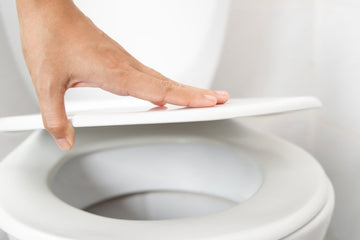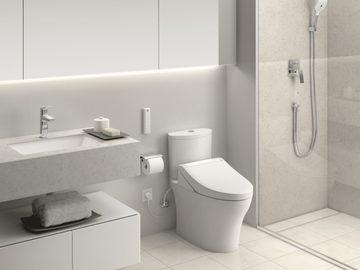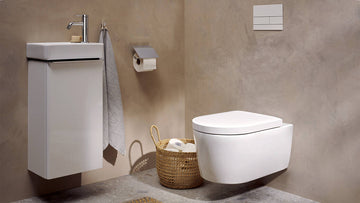In a world where every drop counts, finding ways to conserve water is not just an environmental responsibility but also a practical way to save money. For homeowners and industry professionals, understanding how to reduce water bills with toilets can provide significant financial benefits. Toilets account for a significant portion of the water usage in homes and businesses, making them a prime target for water conservation efforts.
Whether you're a homeowner looking to cut costs or an industry QA professional seeking sustainable solutions, reducing water usage with toilets is a crucial step. By implementing a few smart choices, you can make a substantial impact on your water bills.
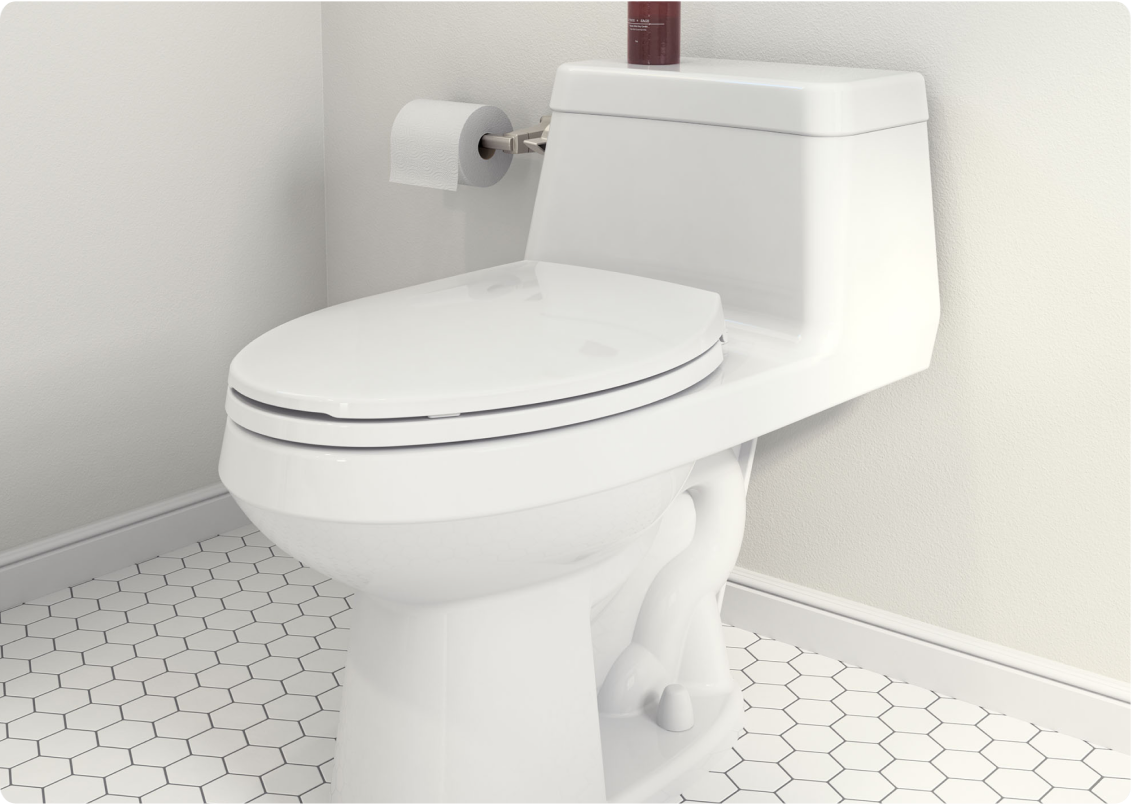
Understanding Water Usage in Toilets
Toilets are one of the most significant sources of water consumption in both residential and commercial settings. On average, toilets can use up to 30% of a home's water usage. Traditional toilets often use between 3.5 to 7 gallons per flush (GPF), which can add up to a considerable amount of water waste over time. For industry QA professionals, understanding these metrics is essential when assessing the efficiency of plumbing fixtures in buildings.
Modern advancements have led to the development of water-efficient toilets that significantly reduce water usage. By switching to dual flush toilets or low-flow toilets, you can cut your water consumption by half while maintaining effective waste removal.
Adopting Water-Saving Technologies
Installing water-saving technologies is a practical way to reduce water usage. High-efficiency toilets (HETs) are designed to use as little as 1.28 gallons per flush, which is significantly less than older models. These toilets are not only effective but also environmentally friendly, contributing to significant savings on water bills.
Additionally, smart toilets are becoming increasingly popular due to their ability to optimize water usage. These toilets often come with sensors that adjust the amount of water used based on the type of waste, ensuring that only the necessary amount of water is utilized.
Simple Modifications for Existing Toilets
If replacing your toilet isn't feasible, there are still ways to improve your current system's efficiency. Installing a dual-flush conversion kit can significantly reduce water usage by providing options for a low-volume flush for liquid waste and a higher-volume flush for solid waste.
Another simple yet effective method is to place a water displacement device inside the toilet tank. This can be as simple as a filled bottle that reduces the amount of water used per flush. These small modifications can make a big difference in water savings.
Regular Maintenance and Inspection
Regular maintenance and inspection of your toilets can prevent leaks, which are a common cause of wasted water. Even a small leak can lead to a significant increase in water bills over time. It's important for industry QA professionals to conduct routine checks and address any issues promptly to ensure toilets are functioning efficiently.
For detailed instructions on maintaining water-saving features, consider visiting Wagner Mechanical's guide to installing water-saving toilets. This resource provides valuable insights into maintaining and optimizing your toilet system.
Environmental and Financial Benefits
Reducing water usage not only benefits your wallet but also contributes to a more sustainable environment. By implementing water-saving measures, you play an active role in conserving natural resources. Industry QA professionals can advocate for these practices within their organizations, promoting sustainability and cost efficiency.
For more insights on the benefits of water-efficient toilets, you can explore additional resources such as the EPA's WaterSense program, which provides valuable information on water conservation strategies and technologies.
Conclusion
Reducing water bills with toilets is a practical and achievable goal for both homeowners and industry professionals. By understanding water usage, adopting new technologies, and maintaining your current systems, you can make a substantial impact on your water consumption and associated costs. Implementing these strategies not only benefits your finances but also contributes to a more sustainable future.
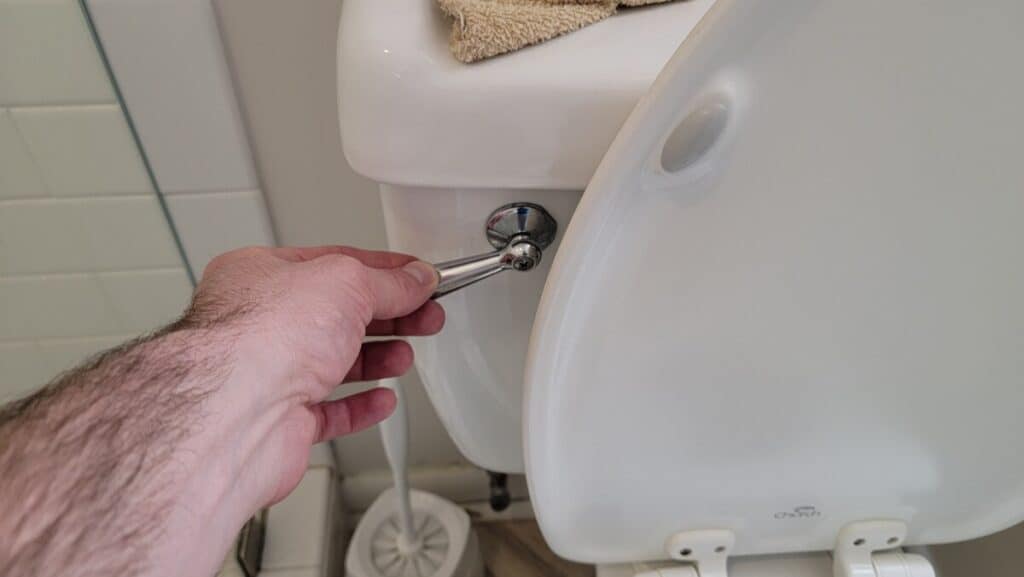
FAQ
How much water can a high-efficiency toilet save?
High-efficiency toilets can save up to 60% of water compared to traditional models, significantly reducing water bills.
What is a dual-flush toilet?
A dual-flush toilet offers two flush options: a low-volume flush for liquid waste and a higher-volume flush for solid waste, optimizing water usage.
How can I check for toilet leaks?
To check for leaks, add a few drops of food coloring to the toilet tank. If the color appears in the bowl without flushing, there's a leak that needs fixing.

